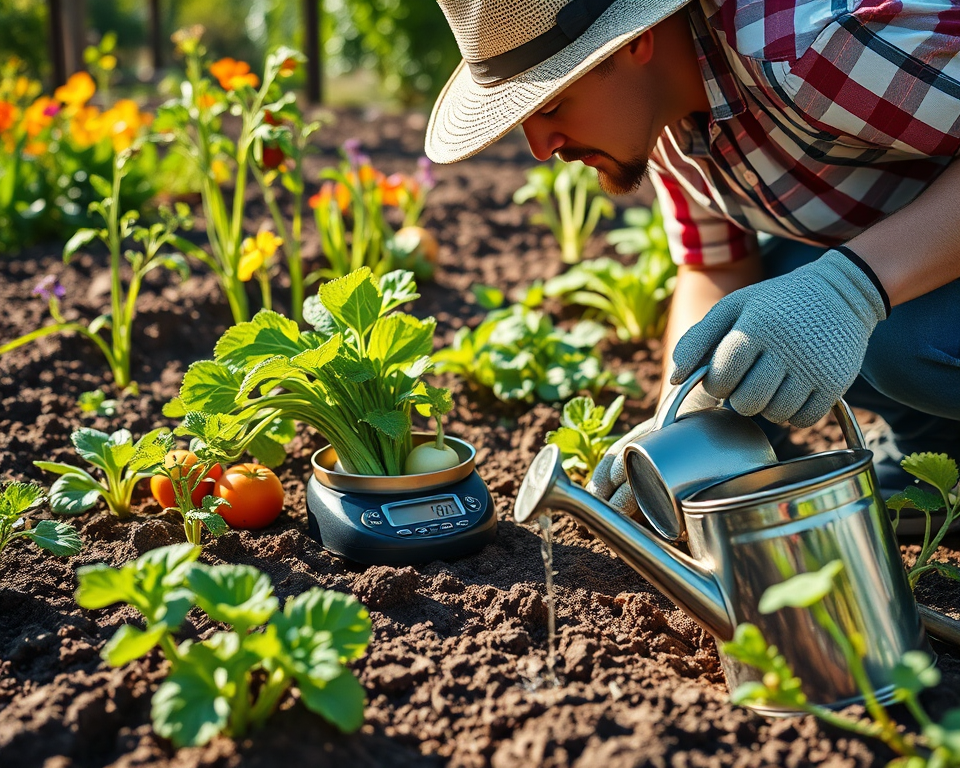Hey there! So, you might be wondering what kilograms (kg) and fluid ounces are. When we’re working in the garden, we often use kilograms to measure things like soil, fertilizer, or even the weight of the vegetables we’ve grown. On the other hand, fluid ounces are used to measure liquids, like water or plant food.
Now, converting kilograms to fluid ounces might not be something you do every day, but here’s how it works:
Weight vs. Volume: Kilograms measure weight (how heavy something is), while fluid ounces measure volume (how much space something takes up). So you can’t just change kilograms to fluid ounces without knowing the substance’s density.
Density Matters: Different substances have different densities, which means that a kilogram of one thing (like water) will take up a different amount of space than a kilogram of something else (like soil).
To give you a rough idea, if you were measuring water, you can use this common conversion:
$$1 \text{ kg of water} \approx 33.814 \text{ fluid ounces}$$
So, for 3 kg of water, you would multiply:
$$3 \text{ kg} \times 33.814 \text{ fluid ounces} = 101.442 \text{ fluid ounces}$$
This means that 3 kilograms of water is about 101.442 fluid ounces!
Now, here are 7 objects that are exactly equal to 3 kg:
- A small bag of potting soil (3 kg)
- A large bottle of water (about 3 liters, which is also close to 3 kg)
- A bunch of carrots (around 3 kg)
- A medium-sized pumpkin (3 kg)
- A half-gallon jug of plant fertilizer (approximately 3 kg)
- A container of raising plants that weighs 3 kg
- A bag of garden stones (3 kg)
Remember, if you’re converting between weight and volume, always consider what you’re measuring and how dense it is! Happy gardening! 🌱
